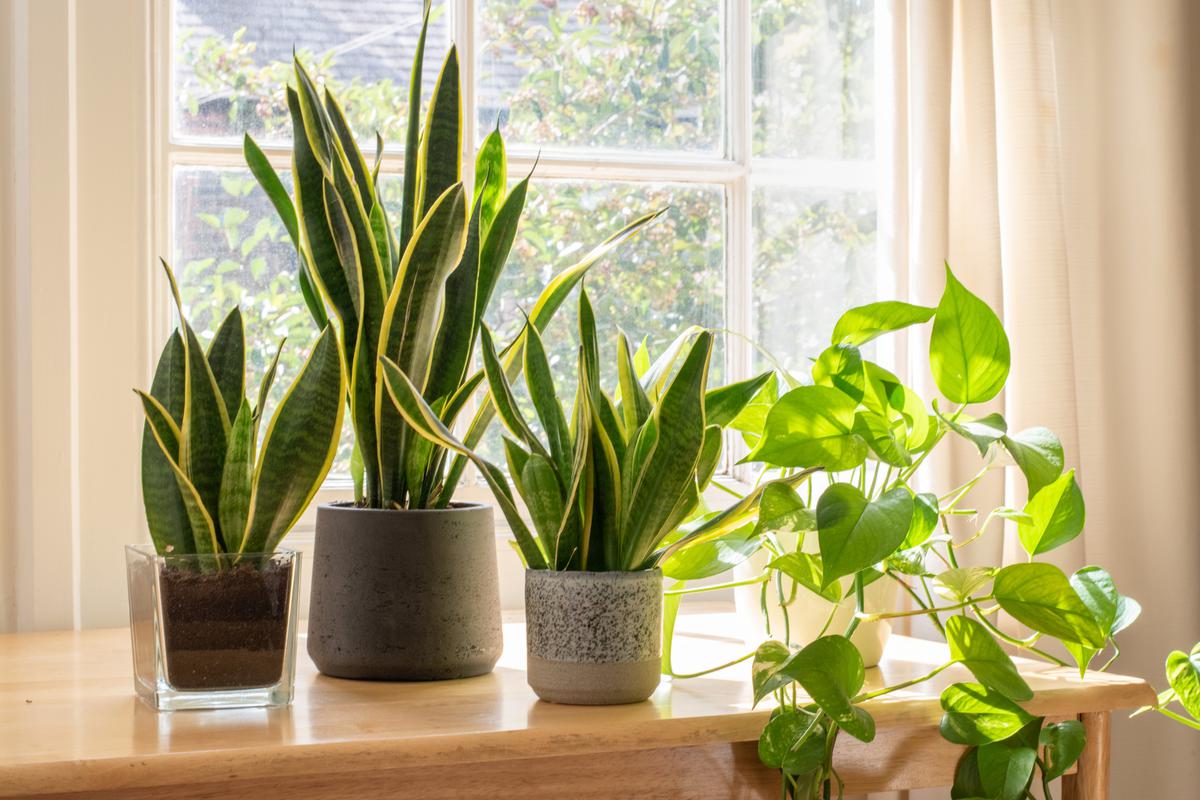We may have returned to workplaces following the back-to-office mandates, but the home office isn’t going anywhere.
A new study published by the American private non-profit research organisation National Bureau of Economic Research has revealed that the productivity of workers randomly assigned to work from home is 18% lower than that of those in the office. The study focused on the productivity of employees working from home. It’s clear that we need to rejig our work habits and home office to optimise productivity, and ensure there are no complaints.
Rachna Agarwal, Founder of Studio IAAD, says flexible designs, detachable units, and convertible pieces are crucial to adapt our homes to the new normal.
“Focus on comfortable and flexible home office furniture. Think of modular seating that can be assembled to create a sofa or chair — and then disassembled so the kids can play around, or you can make room for an exercise area,” she says.
Many studies have shown that work from home helps promote a fuller, better life as people are able to devote attention to families as well.
Stay organised
Tejpal Singh Shekhawat, CEO and Founder, Kalyanam Furniture, says hybrid working ensures the achievement of work-life balance, adding that a well-designed home office can help enhance productivity. Keeping the workspace litter-free and organised with the help of cabinets and desk organisers keeps your focus where it belongs: on the work.
“An untidy workspace is quite distracting, and sifting through the mess can take up valuable time. Keeping the desk organised will help you work more efficiently from home and reduce stress,” Shekhawat says.
Choose the right furniture

The right furniture is a must to work well through the day. Shekhawat adds that it is worth investing in seating ideas that offer back support, since you may sit on the chair for six to eight hours every day. “The right seating can improve posture, decrease hip pressure and back pain, and increase productivity. Aim for a chair height that enables you to keep your hips parallel to your knees and your feet flat on the floor,” he suggests.
Apart from an ergonomic chair, Shekhawat suggests an adjustable desk that allows you to switch between sitting and standing positions to improve circulation, alertness, and efficiency. “Multi-use furniture such as a desk with an integrated storage or a filing cupboard that doubles up as a side desk help maximise the space and offer ample storage options,” he adds.
The aesthetics and design apart, it’s essential to maintain good organisational habits and ergonomic practices. “A home office with decorative wood veneers can enhance productivity by providing an inspiring work environment. Wood veneers align with the principles of biophilic design, which seek to incorporate natural elements into the built space,” says Akhilesh Chitlangia, Duroply Industries.

Storage and lighting
According to Chitlangia, storage solutions like wooden shelves, cabinets, and desks can be designed to maximise storage and organisation.
“A clutter-free and minimalistic workspace helps create the right work environment. Wood also has natural sound-absorbing properties that can help reduce ambient noise in the home office, especially if you share your living space or live in a noisy neighbourhood,” he says.
Adequate lighting is important at all times as it reduces eye strain and makes the space brighter. “If possible, opt for natural light. Consider keeping the desk next to the window if possible to make the most of sunlight. Task lighting and ambient lighting should be added; think work-specific table lamps or focused lighting along with regular lights,” Agarwal says.

Personalise and soundproof
Disha Bhavsar and Shivani Ajmera, Co-Founders at Quirk Studio, agree that the flexibility of remote work allows for optimal productivity when harnessed effectively, adding that personalising the workspace with familiar items to spark inspiration and creating nearby recreational areas can have an invigorating effect during demanding work hours.
“Demarcating the office space within your home is crucial, which can be achieved by installing screen dividers. A design scheme wherein the home office comes to life is essential. Items that align with your interests can be woven into its volume, creating a holistic narrative with a customised layer of design,” Bhavsar says.

How can the area be soundproofed, especially for those who have calls regularly? “Glass is perhaps the best material to soundproof the home, especially in compact spaces. It helps maintain a visual connection and yet offers the desired seclusion of an office area,” Agarwal says.
Ajmera offers her take on soundproofing. “Basic interior design strategies, such as adding carpets and rugs, can help absorb sound and reduce noise transmission through floors. Arranging your furniture strategically, such as placing bookshelves or storage units along walls shared with noisy areas, can aid in dampening sound.”

All designers are unanimous on one natural design element that changes the working environment for the better: plants.
“Introducing indoor plants into workspaces is a highly effective method of enhancing both well-being and productivity. These plants help purify the air, add colour, and improve the overall ambience of a space,” Agarwal says. “Opt for low-maintenance indoor plants such as Zanzibar gem, pothos, palms, aloe, and syngoniums,” Ajmera suggests.
Aim to increase the number of oxygen-producing, air-purifying house plants in your home office — begin with two, and go up to four.
Last but not the least, make sure you aren’t chained to your home office desk all day. It’s important to move around throughout the day to keep your productivity levels up. Stand up, stretch, and take regular breaks. When at the laptop or desktop, don’t forget the 20-20-20 rule: taking a break of at least 20 seconds, every 20 minutes, to look at least 20 feet away.




